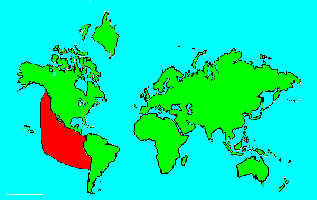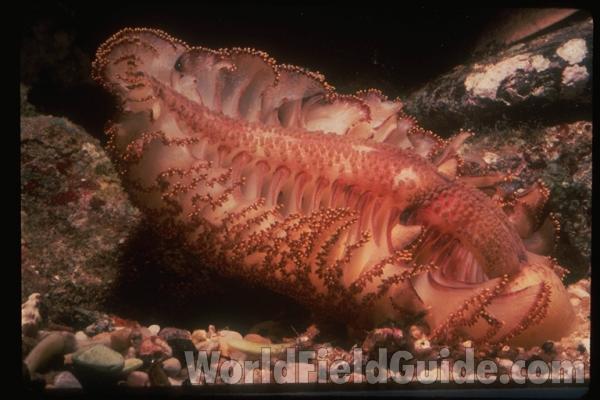SPECIES INFO
Octocorals (Alcyonacea and related orders) contain various octocorals that have eight tentacles. These typically colonial animals are composed of numerous little animals. The shape of the colony will often help identify the individual species. Various well-known corals in this group are: sea fan, organ pipe coral, dead man's fingers coral, and sea pens. The order Gorgonacea is a further division of this group.
Corals and Anemones (Class Anthozoa) are marine species having about 6,000 members. They are frequently called flower animals. Scientists often call certain groups in this class by different names. The following list serves as an introduction:
Order Alcyonaria - Corals
Order Zoantharia - Hexacorals
Order Actinaria - Sea Anemones
Order Madreporaria - Stony Corals
Order Antipatharia - Black Corals
Order Ceriantharia - Burying Sea Anemones
Corals and Hydra Phylum (Phylum Coelenterata = Cynidaria) are a group of primitive aquatic animals. This phylum contains about 10,000 species. Following are the three main classes:
Class Hydrozoa: - Polyps and Medusae
Class Scyphozoa: - Jellyfish
Class Anthozoa: - Sea Anemones/Corals
This group of animals are unusual as there are two forms for most species. The "medusa" form is free swimming, and the "polyp" form which is usually attached to a substrate.
Animal Kingdom contains numerous organisms that feed on other animals or plants. Included in the animal kingdom are the lower marine invertebrates such as sponges and corals, the jointed legged animals such as insects and spiders, and the backboned animals such as fish, amphibians, reptiles, birds, and mammals.


